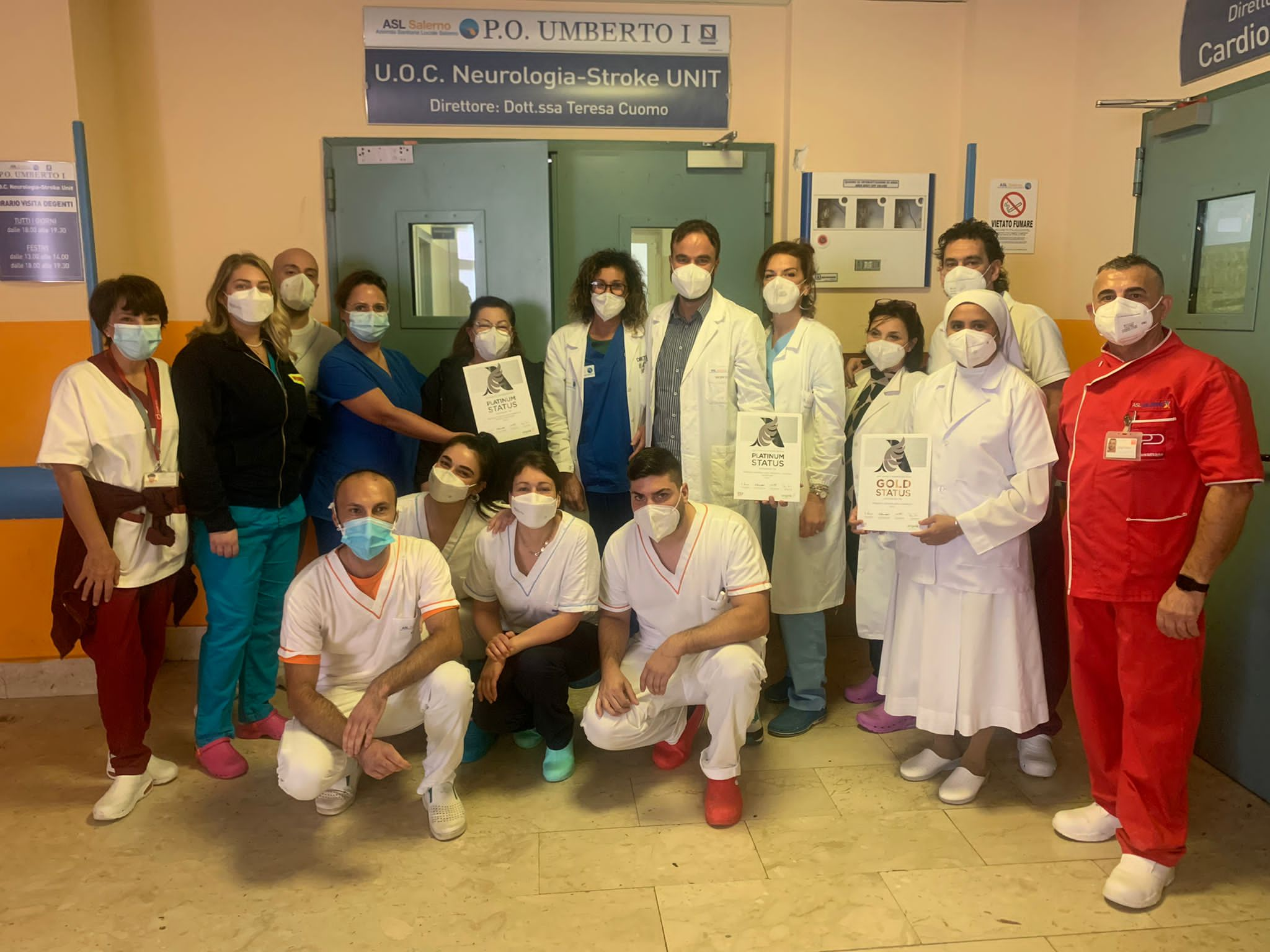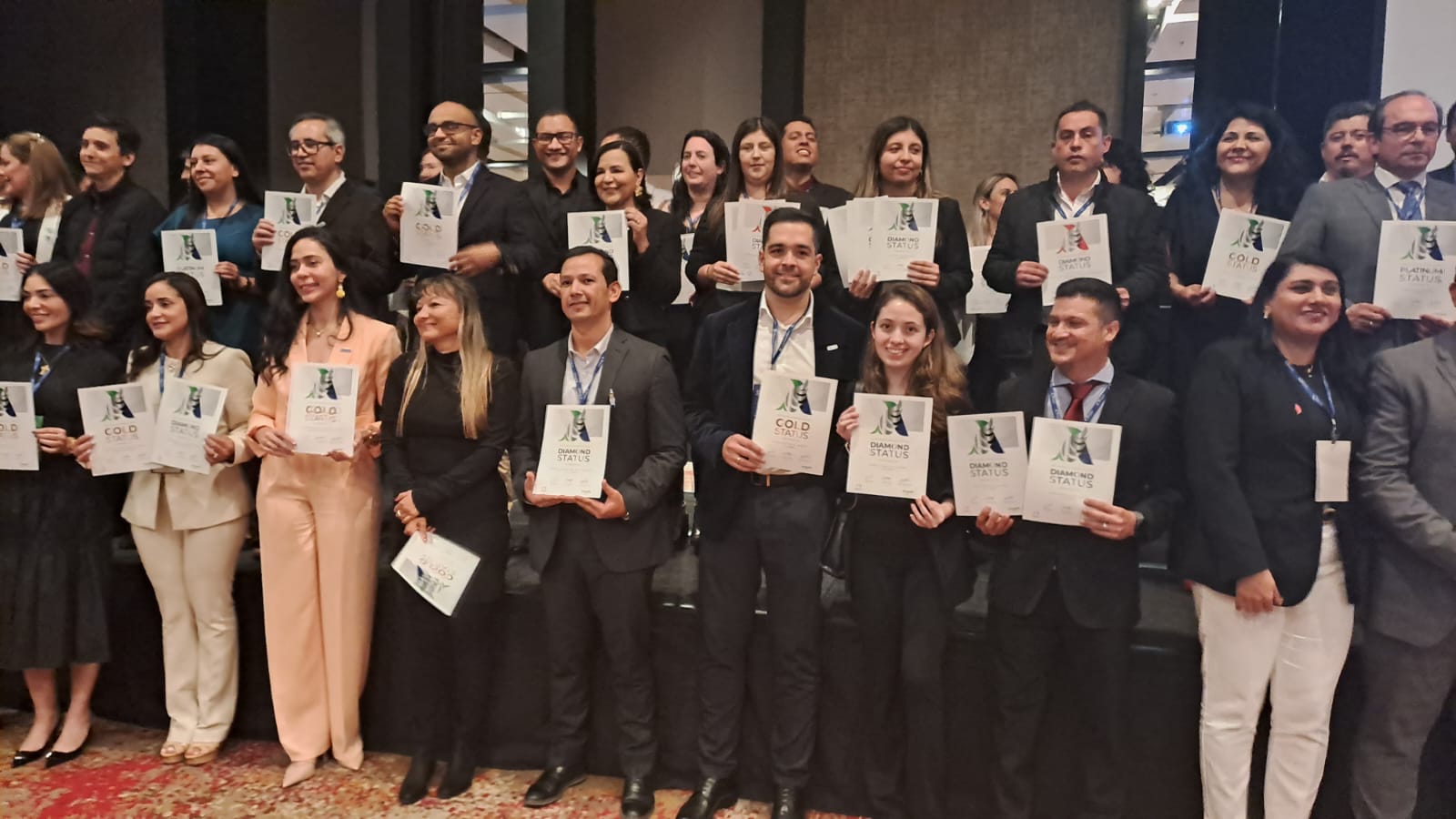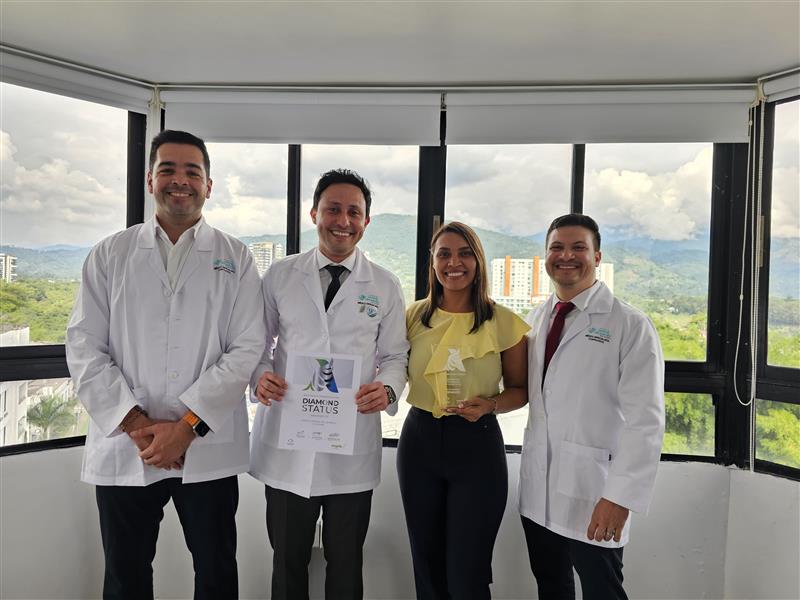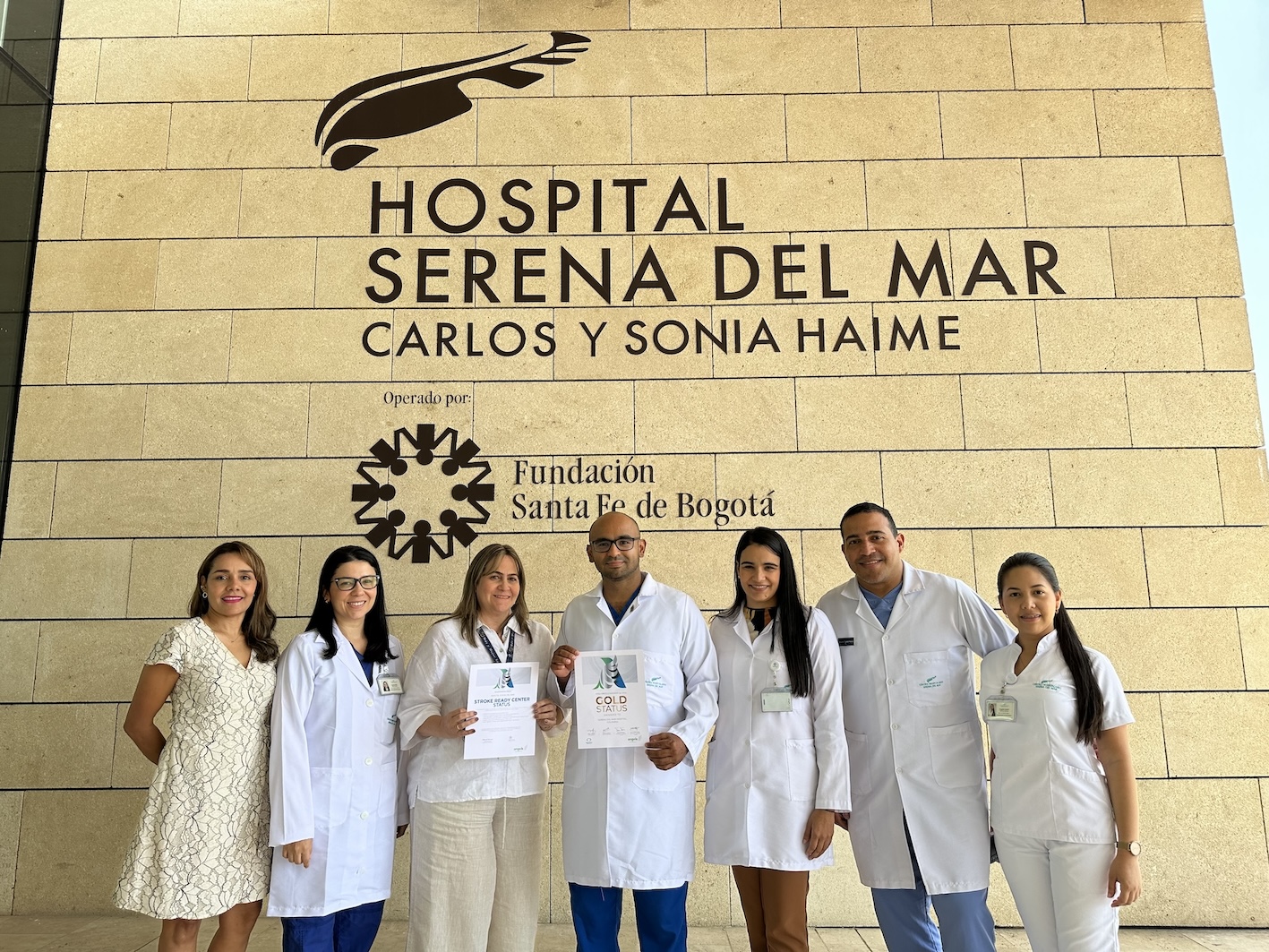การก้าวไปข้างหน้านั้นมีความหมายใหม่สําหรับที่ปรึกษา Angels ในภาคตะวันตกเฉียงใต้ของอิตาลี ซึ่งการติดตั้งหน่วยโรคหลอดเลือดสมองโดยเฉพาะได้หยุดชะงักลงเนื่องจากขาดใบสั่งซื้อ
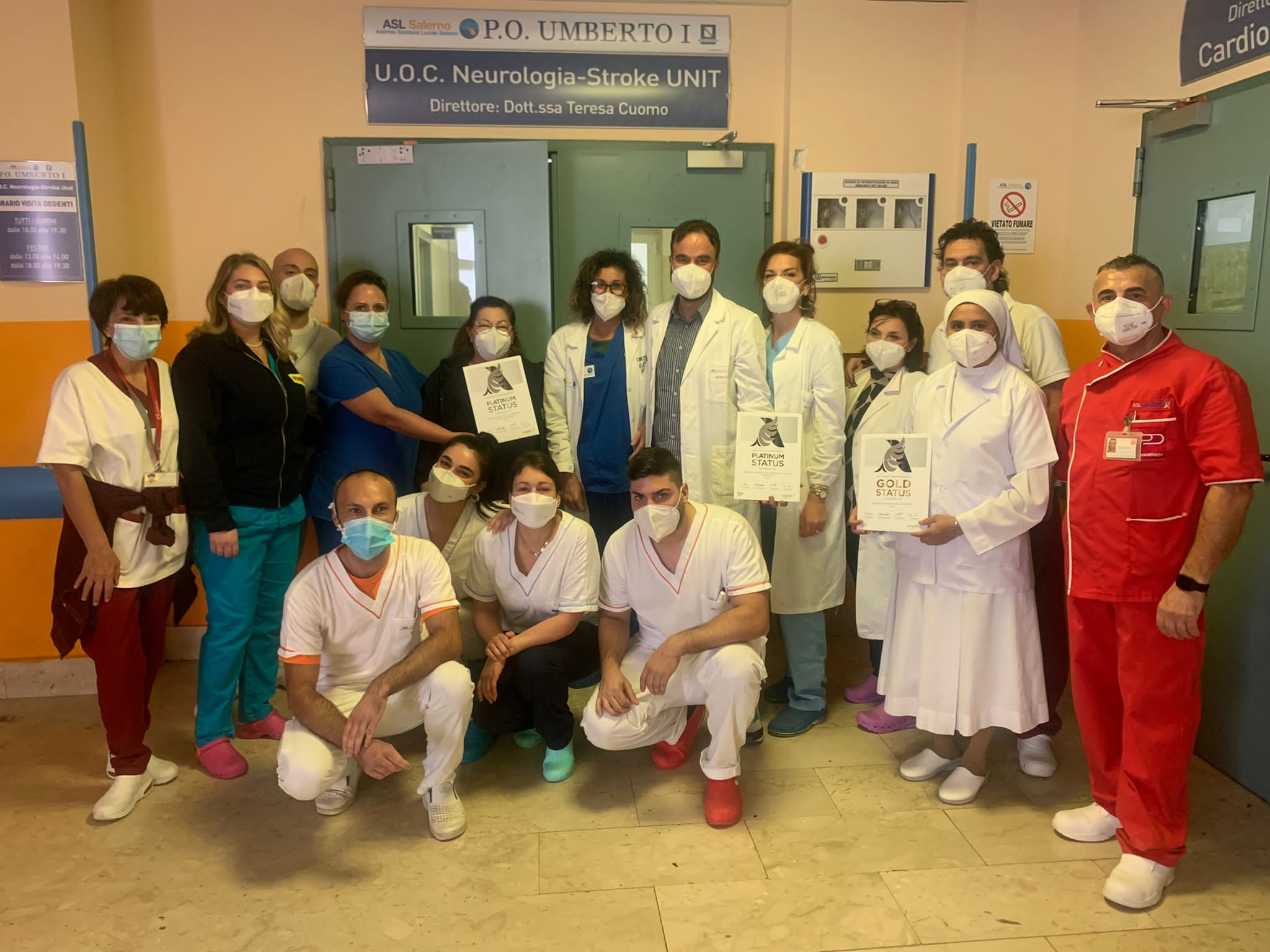
ข่าวว่าโรงพยาบาล Umberto I ใน Nocera Inferiore กําลังจะเริ่มรักษาผู้ป่วยโรคหลอดเลือดสมองเฉียบพลัน ได้กล่าวพาดหัวข่าวท้องถิ่นในปี 2017 โรงพยาบาลแห่งนี้จะกลายเป็นโรงพยาบาลรักษาโรคหลอดเลือดสมองแห่งที่สองในจังหวัดซาเลอโนของอิตาลีเท่านั้น และอยู่ใกล้กับเนเปิลส์ด้วยรถไฟที่ใช้เวลาเดินทาง 20 นาที ทําให้โรงพยาบาลแห่งนี้ยิ่งมีความสําคัญในเชิงกลยุทธ์มากขึ้นไปอีก แต่เส้นทางสู่การเป็นโรงพยาบาลที่พร้อมดูแลรักษาผู้ป่วยโรคหลอดเลือดสมองนั้นต้องใช้เวลาหลายรอบ และเป็นผู้นําที่ปรึกษา Angels ในเส้นทางเอกสารเพื่อค้นหาเอกสารที่จะเปิดประตูไปยังหน่วยโรคหลอดเลือดสมองโดยเฉพาะ เพื่อให้บริการประชาชนในมุมที่มีประชากรหนาแน่นของคาบสมุทรอิตาลีแห่งนี้
เมือง Nocera Inferiore ตั้งอยู่ในคัมปาเนีย ซึ่งเป็นภูมิภาคที่มีวัฒนธรรมและความงามตามธรรมชาติสูงไม่แพ้กัน สําหรับผู้มาเยือนที่สนใจประวัติศาสตร์ ปราสาทที่ใหญ่ที่สุดคือปราสาทยุคกลางบนยอดเขาซานตาแอนเดรีย ซึ่งกําแพงที่ป้อมปราการได้ยอมรับขบวนการของป็อป นักโทษ และกวี ท่ามกลางดาเต อาลีเจียริ และจิโอวานนี บัคคาซิโอ สองในชื่อ "สาม Crowns" ของวรรณกรรมอิตาลี
การเดิน 12 นาทีจากหนังสือที่รวบรวมไว้นี้ คือโรงพยาบาล Umberto I ซึ่ง Stefania Fiorillo ที่ปรึกษา Angels รายงานเมื่อปี 2017 ตามคําเชิญของดร. Teresa Cuomo หัวหน้านักประสาทวิทยาของโรงพยาบาล ในระหว่างการประชุม Angels เพื่อระดมเครือข่ายโรคหลอดเลือดสมองในภูมิภาค ดร. Cuomo ได้ตระหนักถึงโอกาสในการพัฒนาศักยภาพในการรักษาโรคหลอดเลือดสมองเฉียบพลันที่โรงพยาบาลของเธอ
"เราต้องการความช่วยเหลือจากคุณ" เธอบอกกับ Stefania “เราไม่รู้ว่าจะเริ่มต้นจากตรงไหน”
สําหรับทั้ง Stefania และแพทย์และพยาบาลที่โรงพยาบาล Umberto ได้ส่งสัญญาณการเริ่มต้นปีแห่งการเรียนรู้ที่เข้มข้น มีฝ่ายบริหารของโรงพยาบาลที่โน้มน้าวให้ทีมสร้างเส้นทางในการสร้าง ทักษะในการพัฒนา และสุดท้าย พบใบสั่งซื้อที่ขาดหายไปหนึ่งใบก่อนที่โรงพยาบาล Umberto จะพบตัวเองอยู่ในขั้นตอนที่จะได้รับรางวัล ESO Angels Award เป็นครั้งแรก
ทฤษฎีการทดสอบขับเคลื่อนในทางปฏิบัติ
การฝึกอบรมซึ่งเริ่มขึ้นเกือบทันทีที่โรงพยาบาลลงทะเบียนกับ Angels ครอบคลุมทุกสาขาที่เกี่ยวข้องกับการดูแลผู้ป่วยโรคหลอดเลือดสมอง โดยได้รับการสนับสนุนจากผู้อํานวยการฝ่ายรังสีวิทยาระบบประสาทของโรงพยาบาล ดร. Andrea Manto หัวหน้าแผนกฉุกเฉิน ดร. Giovanna Esposito บริการรถพยาบาลท้องถิ่น ดร. Antonella Menditti และ Dario Coppeta และแน่นอนว่าดร. Cuomo เอง
เมื่อเส้นทางดังกล่าวมีโครงสร้าง ปรับปรุง และศึกษาจากทุกมุม ดร. Paolo Bovi นักประสาทวิทยาผู้เชี่ยวชาญจากอิตาลีตอนเหนือได้นําเสนอมาสเตอร์คลาสในการตัดสินใจทางคลินิกและพยาบาลที่มีประสบการณ์ Michele Napolitano ได้ให้คําแนะนําเกี่ยวกับการดูแลผู้ป่วยในระยะเฉียบพลันและระยะหลังเฉียบพลัน
สุดท้ายนี้ ทีมรักษาโรคหลอดเลือดสมองได้มีโอกาสทดสอบความรู้ทางทฤษฎีของพวกเขาในชุดการจําลองที่แนะนําให้พวกเขารู้จักกับกรณีทางคลินิกมากยิ่งขึ้น และใน 1 มิถุนายน 2561 Stefania ได้รับข้อความที่เธอรอ: โรงพยาบาล Umberto ประสบความสําเร็จในการเกิดลิ่มเลือดในผู้ป่วยโรคหลอดเลือดสมองรายแรก
"ส่วนหนึ่งของการฝึกอบรมของเรา เรามุ่งมั่นที่จะทําทุกอย่างเพื่อมอบโอกาสในชีวิต" Stefania ผู้ซึ่งเป็นหนึ่งในที่ปรึกษา Angels คนแรกที่ได้รับการแต่งตั้งในยุโรปในปี 2016 กล่าว นอกจากนี้ ที่ปรึกษายังได้รับการคาดหวังให้ขัดเกลาทักษะการสังเกตของพวกเขาเพื่อตรวจหาโอกาสในการปรับปรุงเส้นทางโรคหลอดเลือดสมองในโรงพยาบาล แต่ทักษะการงัดแงะของ Stefania กําลังจะได้รับการทดสอบกับยอดเขาขณะที่เธอเริ่มแก้ไขปัญหาลึกลับของจอมอนิเตอร์ที่หายไป
ในช่วงต้นปี 2019 Dr Cuomo ได้ติดต่อ Stefania อีกครั้งเพื่อขอความช่วยเหลือ เกือบหนึ่งปีหลังจากการสลายลิ่มเลือดครั้งแรก โรงพยาบาล Umberto ยังคงไม่มีหน่วยโรคหลอดเลือดสมองเฉพาะที่ผู้ป่วยสามารถได้รับการดูแลที่ดีที่สุดจากพยาบาลโรคหลอดเลือดสมอง นักกายภาพบําบัด นักบําบัด นักบําบัดการพูด และผู้เชี่ยวชาญอื่น ๆ หลังเกิดโรคหลอดเลือดสมองเฉียบพลันที่มีคุณสมบัติเหมาะสม ในช่วงเวลาที่ผู้ป่วยโรคหลอดเลือดสมองได้รับมอบหมายให้เข้านอนในแผนกฉุกเฉิน หรือเริ่มการฟื้นตัวในหน่วยชั่วคราวที่สร้างขึ้นภายในแผนกประสาทวิทยา
จําเป็นต้องมีการตรวจติดตามผู้ป่วยเพื่อให้หน่วยโรคหลอดเลือดสมองทํางาน แต่หนึ่งปีหลังจากการซื้อกิจการได้รับการอนุมัติ ผู้กํากับดูแลยังไม่มาถึงและไม่มีใครรู้ว่าทําไม
การมาถึงของหน้าจอจะปลดล็อคประตู
การจัดการโรงพยาบาลในส่วนนี้ของอิตาลีเป็นระบบที่ซับซ้อนที่มีอํานาจในการตัดสินใจทั้งในระดับการบริหารโรงพยาบาลส่วนบุคคลและหน่วยงานด้านการดูแลสุขภาพที่อยู่ภายใต้การควบคุม Stefania เริ่มต้นการสอบถามของเธอที่ด้านบนของลําดับชั้นการจัดการนี้ ซึ่งเธอได้กําหนดว่าเอกสารที่อนุญาตให้มีการจัดหาเครื่องตรวจหน่วยโรคหลอดเลือดสมองได้ถูกส่งไปยังแผนกผู้ดูแลระบบเพื่อดําเนินการ จากนั้นการค้นหาจะนําเธอไปยังสํานักงานจัดซื้อจัดจ้างที่เส้นทางเริ่มเย็นชา
หากไม่พบใบสั่งซื้อที่หายไป ก็จะกลับไปเป็นสี่เหลี่ยมจัตุรัสสําหรับ Dr Cuomo และทีมของเธอ
การค้นหากระดาษแผ่นเดียวในสํานักงานจัดซื้อจัดจ้างที่ยุ่งเหยิงก็เหมือนกับการค้นหาเข็มพิสูจน์อักษรในกองธนู แต่ Stefania ก็ไม่รู้สึกท้อแท้ หากการดูแลผู้ป่วยโรคหลอดเลือดสมองที่ดีที่สุดในส่วนนี้ของ Salerno เกิดขึ้นจากการค้นหาเอกสารที่หายไป นี่เป็นอุปสรรคที่เธอเตรียมรับมือ
การปะทะกันผ่านภูเขาเอกสารที่กําลังมองหากระดาษแผ่นเดียวใช้เวลาหลายชั่วโมง แต่การตัดสินใจของ Stefania นั้นได้รับรางวัลเมื่อในที่สุดเธอก็ยื่นใบสั่งซื้อในมือของเธอ
ขณะนี้การมาถึงของจอมอนิเตอร์อนุญาตให้เปิดใช้งานเตียงที่ตรวจสอบแล้ว 4 เตียงในแผนกประสาทวิทยาได้ทันที หน่วยโรคหลอดเลือดสมองที่มีรูปแบบแผนการแบบเปิดและทีมที่อุทิศตนได้เริ่มขึ้นในปี 2020 ซึ่งเป็นปีเดียวกับที่โรงพยาบาลได้รับรางวัล ESO Angels Platinum เป็นครั้งแรก ในปี 2021 พวกเขารวบรวมความสําเร็จอื่น ๆ ที่มีอัตราการเปิดหลอดเลือด 30% และเวลาจากประตูจนได้รับการรักษาเฉลี่ยต่ํากว่า 45 นาที
อย่างไรก็ตาม ทีมที่โรงพยาบาล Umberto ไม่ได้มีความกังวลเกี่ยวกับการดูแลผู้ป่วยโรคหลอดเลือดสมองจนถึงจุดจําหน่ายออกจากโรงพยาบาลเท่านั้น หน่วยโรคหลอดเลือดสมองเพิ่งมีอายุเพียงไม่ถึงหนึ่งปี เมื่อศูนย์ฟื้นฟูหลังโรคหลอดเลือดสมองเปิดประตูที่เชิงเขาซานตาแอนเดรีย นี่คือผู้นําทีมที่มีความเชี่ยวชาญสูงจากดร. Monica Gambacorta และ Arturo D’Antonio ที่ดําเนินเส้นทางการดูแลผู้ป่วยโรคหลอดเลือดสมองเพื่อมอบโอกาสที่ดีที่สุดที่เป็นไปได้สําหรับความเป็นอิสระ ความเป็นอิสระ และคุณภาพชีวิต
ภาคภูมิใจเมื่อพวกเขาได้รับรางวัลสําหรับ Stefania ในฐานะทีมที่โรงพยาบาล Umberto หน่วยโรคหลอดเลือดสมองที่รอคอยมานาน และโดยเฉพาะอย่างยิ่งจอภาพที่เงางามจับตาดูสัญญาณชีพของผู้ป่วย ทําหน้าที่เป็นเครื่องเตือนถึงพลังและรางวัลของความคงอยู่ที่ก้าวล้ําไปอีกระยะหนึ่ง
